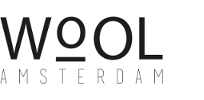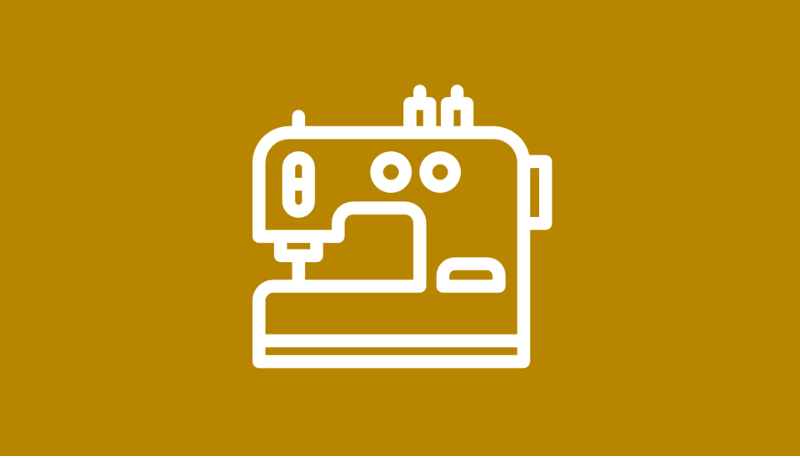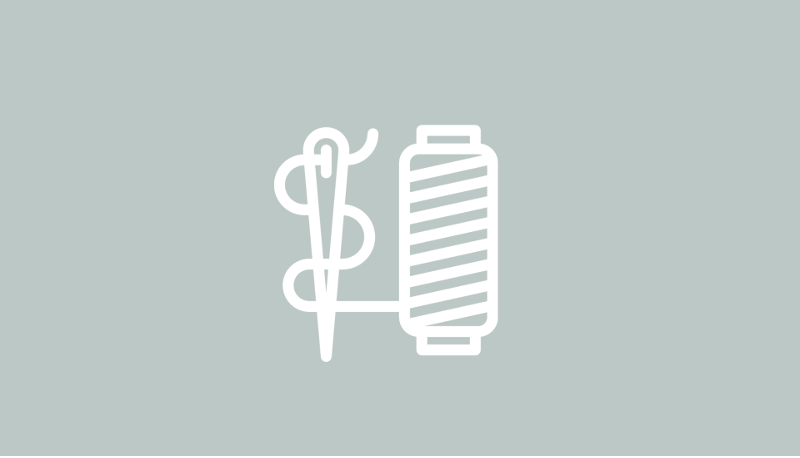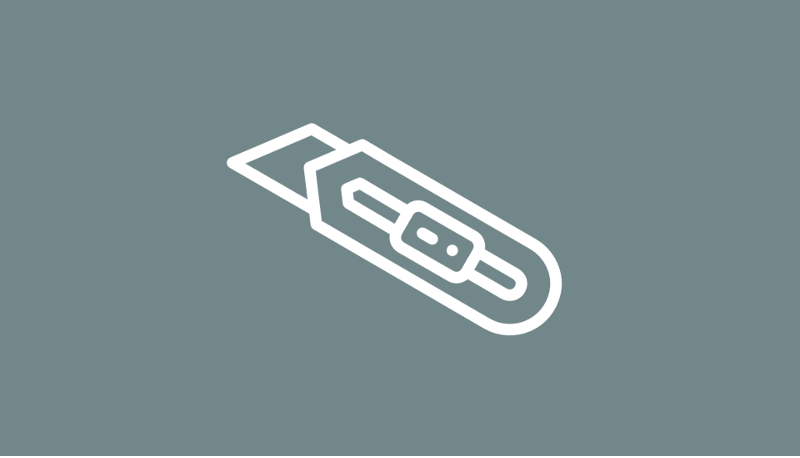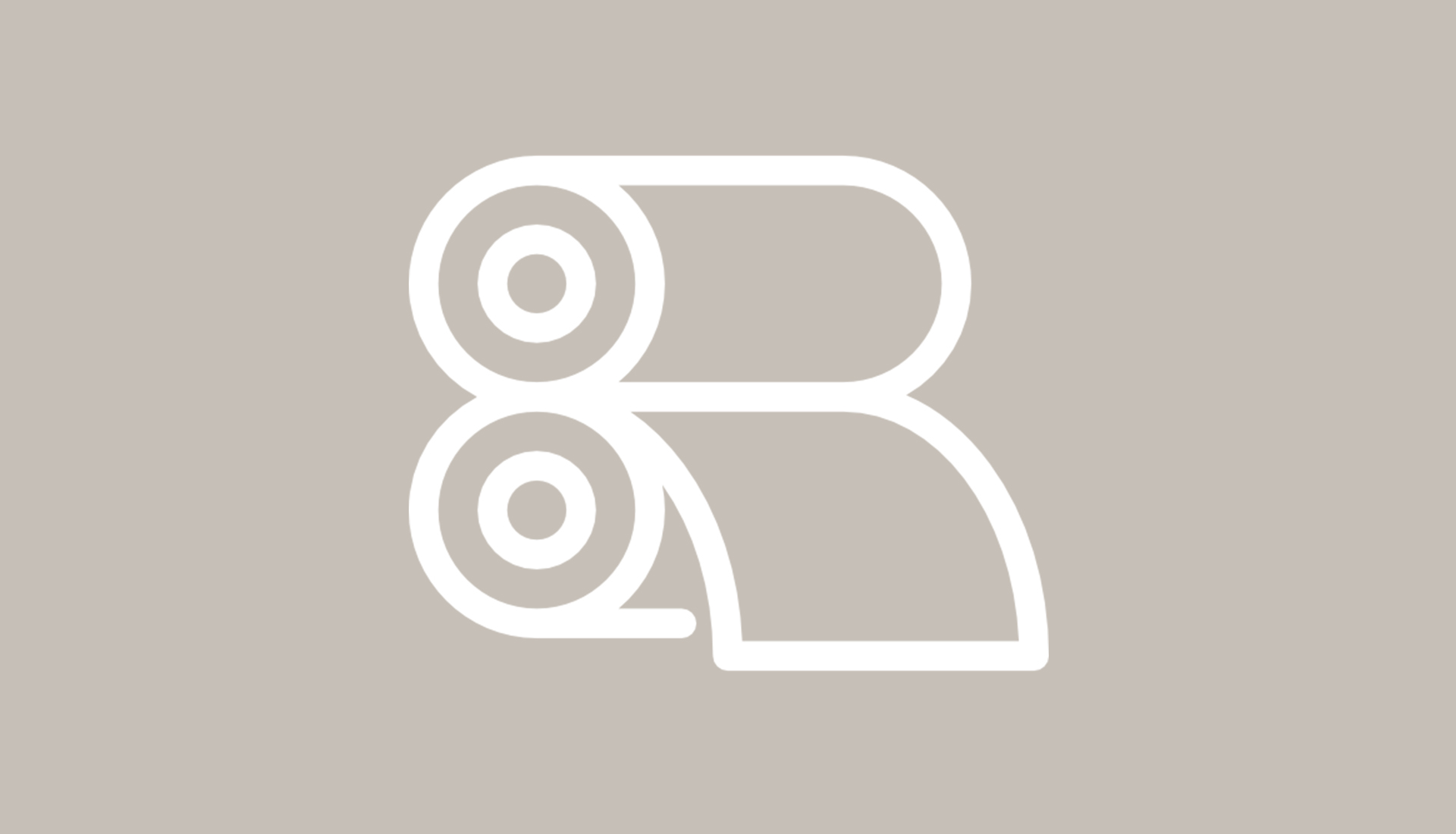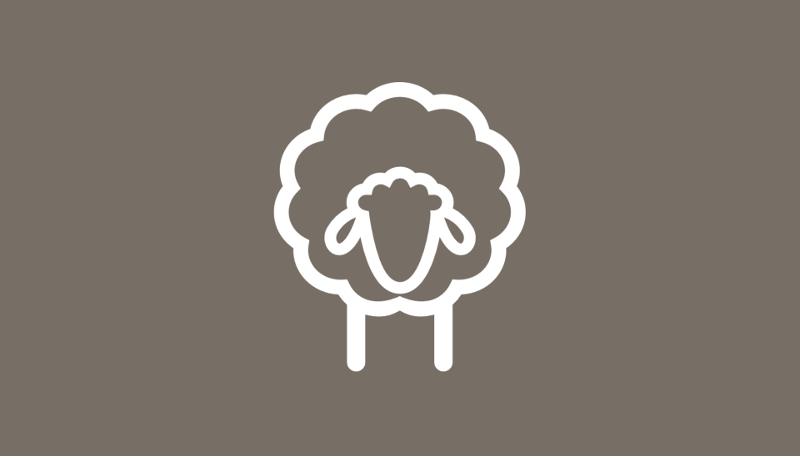About wool design felt
Wool felt is among the oldest textiles produced by man. Remains of felt have been found in Turkey that date back to at least 6500 BC. Felt is produced by submitting raw wool to a wet felting process in which the fibers are wetted with hot water and then pressed and manipulated. It is a natural characteristic of animal fur to tangle and matt together.
Sheep wool is particularly suitable for felting, resulting in a felt that is clearly superior to felt made from synthetic fibers. It is extremely durable and resilient because the crimp (curl) in the fibers lends it a natural elasticity. It is also highly abrasion-resistant, and lanolin, the naturally occurring waxy coating on sheep wool, makes it water and dirt-resistant. Wool dyes beautifully as the dyes can penetrate to the fiber core, resulting in strong and saturated colors. Because wool absorbs water readily, it is naturally fire-resistant without requiring chemical treatment. Instead of burning, wool chars and self-extinguishes.
Due to these natural characteristics of wool, Wool Design Felt is high quality, sustainable, comes in highly saturated colors, and is perfect for demanding design applications. This nonwoven textile has unique characteristics that include:
- The felt is non-directional, has no right side or wrong side, and the color is consistent throughout
- The widths can be up to 180 cm (70 3/4 in)
- Highly saturated colors that are lightfast
- Naturally repels soiling and moisture
- Since it’s a nonwoven, it can be cut with the edges left raw. No fraying!
- The felt’s thickness and density also give it a structural quality that allow for hanging installations that do not require any additional support
- Self-extinguishing and inherently flame retardant
- Thermal and acoustic insulating properties
- Renewable resource!
